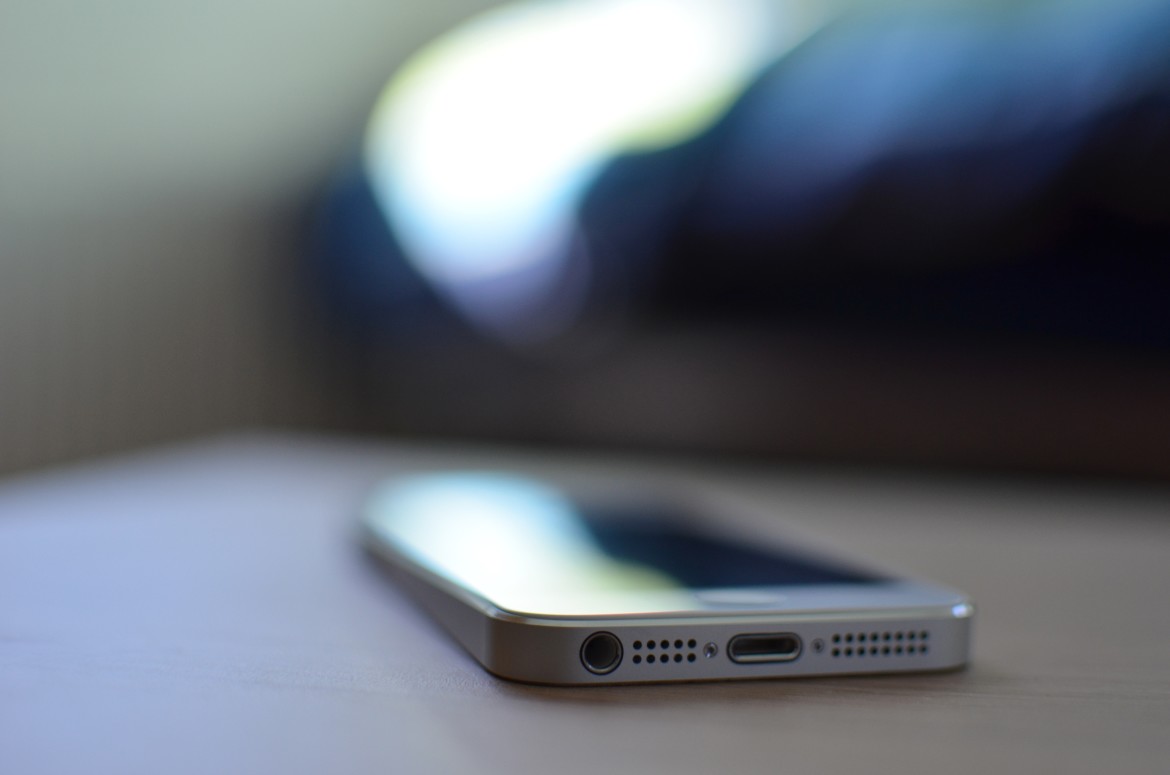In a late 2014 survey involving 2,030 respondents, the Significance Labs team sought out to discover whether there was any real need to continue building mobile technology for low-income communities. Many people assume that these communities don’t have access to computers and smartphones, and have minimal interaction with technology if any. Others think that low-income users are not technologically savvy to take advantage of new technologies.
Without direct contact with people living in low-income communities, some can assume the worst. But for the Significance Labs team that has had vast experience working with these communities, it is easy to see the potential of this target market in terms of mobile technology. From home visits and focus groups, the team noticed an unprecedented wide usage of smartphones and apps. These communities also had good access to the internet, relying on social media networks like Facebook to keep in touch with family abroad.
Revelations from the Four month survey in New York City
1. The vast majority of low-income New Yorkers have smartphones
The survey conducted between July and October 2014 revealed that about 48 percent of households have an income of $50,000 or less. But since the survey was targeting low-income communities, it was based on households with an annual income of less than $30,000. The survey revealed that 84 percent of those surviving on less than $30,000 per year, and 90 percent of those with a combined household income of $30 - $50,000 owned a smartphone, verses 13 percent of respondents with a basic phone (with no app capabilities).
Compared to national data, the sample population reported significantly higher levels of smartphone ownership, since the Pew Center Internet Project claims that only 56 percent of adults in the US have smartphones. It is possible that proportion of people using smartphones is less than that indicated, since the sample population was predominantly young to middle age, and exclusively urban.
56 percent of the respondents with smartphones reported using an android operating system, while 40 percent were using iOS devices. The other 4 percent was split between Windows and Blackberry. These numbers are fairly constant across all demographics, like income level, age, and gender. The popularity of Android devices compared to iOS is attributed to the huge price difference. In 2010, an Android cost $441 versus an iPhone at $702; in 2014, an Android cost $276, compared to an iPhone selling for $650.
According to the Pew Center, 45 percent of households with an annual income of less than $30,000, and 39 percent of those living on $30 - $50,000 rely on their mobile devices to access the internet as opposed to using home broadband.
These findings highlight the importance of creating mobile-friendly products in addition to the conventional web solutions, or completely replacing them altogether. Considering the preference for Android operating systems, it also makes more sense to build for Android, or via non-native apps, because the products will be accessed by a larger proportion of the low-income community market.
2. Most low-income smartphone users prefer to communicate via text
The survey revealed that nearly 50 percent of smartphone users prefer to communicate through texts, followed by calling at 26 percent, and Facebook at 18 percent. Despite their reliance on smartphones to access the web, less than 10 percent communicate via email. This means that email marketing and communicating with users may not be very effective in building engagement. Facebook might be a better way to reach the low-income population, though texting is likely to be the most effective communication strategy.
3. Low-income smartphone users are using apps, including premium and subscriptions ones
One of the questions asked during the surveys was what tasks the respondents completed using their phones, specifically using mobile apps. Most reported using music apps, browsers, email, social media, bus/train scheduling, weather, games, news, calendar, internet messenger apps, and banking.
The data revealed that most people use around 6-7 apps on a regular basis, and more than 40 percent use an app for nearly every category. About 30 percent of the respondents also reported having previously purchased an app on their smartphone, mostly for their children. So, app developers should know that even low-income individuals may be willing to pay for technology products that provide value.
Final note
It is wrong for people to think of the digital divide as a component of physical access or digital literacy. This survey revealed that both perceptions are mistaken, and low-income New Yorkers actually have incredible access to technology, and use it for a wide range of applications on a daily basis. The only logical divide is based on the technology products, since low-income dwellers may find some apps more useful than others better suited for high-income earners – like mobile banking.


